Meet the Red Panda: A Gentle and Playful Friend from the Himalayas
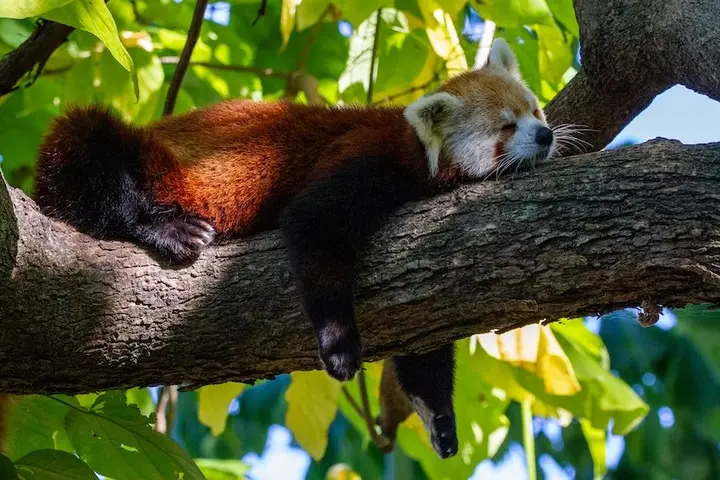
In the distant peaks of the Himalayas, lives one of the most beautiful and rarest creatures in the world, the red panda. The red panda is a wonderful animal that catches the eye with its soft fur and beautiful colors. In this article, we will take you on a fun tour to discover more information about this beautiful creature and learn about its features and life in the Himalayas.
Show key points
- The red panda is a rare and visually striking animal known for its soft, colorful fur and round facial features.
- It inhabits the dense, temperate forests of the Himalayas, where it lives a calm and solitary lifestyle.
- Bamboo makes up about 90% of the red panda’s diet, though it occasionally eats eggs, insects, and fruits when bamboo is scarce.
- ADVERTISEMENT
- Despite its solitary nature, the red panda exhibits rich social behaviors, including family bonding, physical gestures, and hugging rituals.
- The animal's tail not only helps with balance during climbing but also plays a role in communication with other red pandas.
- Major threats to red pandas include illegal poaching for their fur and the destruction of bamboo forests, which are critical to their survival.
- Conservation efforts and greater public awareness are essential to protecting this endangered species and preserving biodiversity in the Himalayas.
Red panda look: soft fur charm and attractive colors
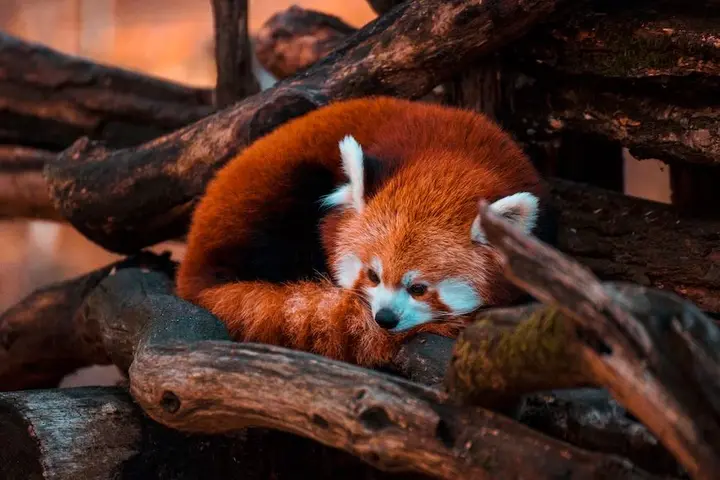
The look of the red panda is what makes it really different and special. This cute animal is characterized by its soft and dense fur, which is one of the most magnificent and rare in the world. The fur looks like a painting that combines the colors of light red, black and dark brown, giving it a charming and beautiful look.
Recommend
The charm of his round face and round ears give the red panda even more beauty and attractiveness. His face is characterized by the presence of large honey-colored eyes, which give his expressions a distinctive look and elegance. His shiny black nose and lips enhance his charming appearance, and they also serve as important tools to distinguish and communicate between red pandas.
The body size of the red panda is relatively small, weighing only 4 to 6 kilograms. The red panda has strong, rubbery limbs, unable to move quickly but enable it to climb comfortably on the tall trees in the dense forests in which it lives.
It is noticeable that the red panda gives its charming appearance a distinctive touch with a thick and long tail, which extends to about twice the size of its body. The tail is useful for red pandas in balance while climbing trees, and it also serves as a means of communicating with family members or colleagues.
In addition, red panda fur is an excellent protection from the cold weather of the Himalayas, as it helps it to maintain its body temperature. It has a thick layer of soft and warm inner fur, allowing the red panda to stay warm in harsh winters.
Red panda lifestyle: rest and tranquility in dense forests
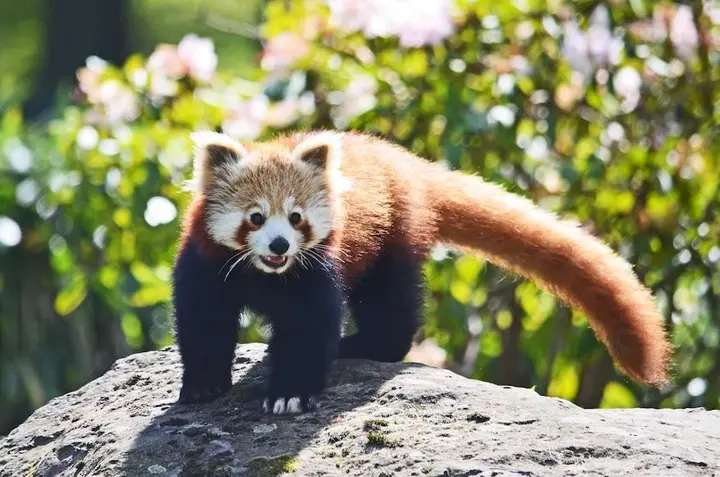
Red panda lives a quiet and sedentary life in the depths of the lush and dense Himalayan forests. Her lifestyle expresses the ultimate comfort and tranquility in the air, giving her the opportunity to enjoy a lively experience full of peace and bliss.
The temperate and rainy forests of the Himalayas are an ideal environment for red pandas. They provide them with dense vegetation cover that gives them shade and shelter from direct sunlight. These magnificent creatures can be seen relaxing on their soft fur under dense bamboo trees, where they find a safe and comfortable haven. The dense and tranquil forests of the Himalayas are its natural home, where the red panda can enjoy peace, absolute comfort and a worry-free life experience in line with its friendly and tranquil nature.
Comfort and tranquility are an essential part of red panda life. Red pandas can sleep for up to 14-16 hours a day. Red pandas prefer to spend their time in isolation, and they don't show as much need for socialization as other animals.
If you meet another panda on its way, the red panda shows limited interaction and extreme calm. Although they may engage in short and limited interactions with each other, the red panda's lifestyle demonstrates its clear desire for more stability and tranquility.
Red Panda Food: Delicious and Unbreakable Bamboo
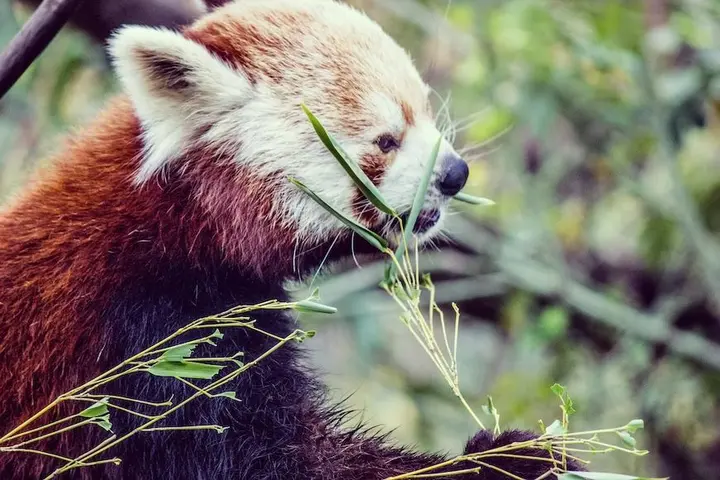
Bamboo is the main source of red pandas' diet, making up about 90% of their diet. The types of bamboo eaten by red pandas vary, as they can eat about 30 different types of bamboo.
Red pandas rely on bamboo plants that are rich in fiber, protein, and other nutrients they need for good growth and health. Bamboo is a healthy and beneficial food for red pandas, as they help promote digestive health, regulate blood sugar levels, and promote bone and muscle growth.
However, eating bamboo is not easy for red pandas, as pandas need to consume large amounts of bamboo daily to meet their nutritional needs. The digestive system in red pandas is characterized by the ability to digest the difficult fibers in bamboo, as it has a mouth and strong teeth that help it cut and grind bamboo mastab.
Although bamboo is the staple food of red pandas, they may also eat other types of food at times. Red pandas may eat bird eggs, small insects, wild fruits or flowers. However, their consumption of these extra foods is unusual and only occurs when bamboo is not sufficiently available.
Social behaviors: family life and social communication of the red panda
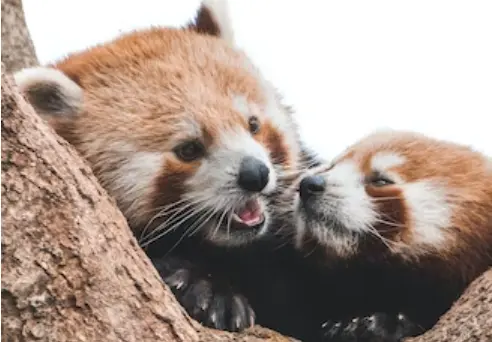
Social behaviors: family life and social communication of the red panda
Red panda has a strong family life and eye-catching sociability. Red pandas live in small groups known as "synagogues", usually consisting of the father, mother and their young. Mother plays a crucial role in caring for baby pandas and teaching them survival skills in the wild.
Red pandas have an amazing social connection and are consolidated by a set of their own behaviors. For example, red pandas use many physical gestures to communicate with members of the other group. Among these gestures, the panda can be observed swaying from side to side, extending its front legs, and raising its head remarkably. These signals express friendliness and affection and strengthen the social bonds between the red panda.
In addition, the red panda exchanges hugs as a symbol of love and sociability. When the two members of the group meet, they hug each other and hug each other. This behavior not only expresses love and affection, but also contributes to strengthening family ties and promoting cooperation within the group.
Red pandas are not only socialized by the family group, but they also enjoy a high degree of cooperation and communication with members of the other group. Collaboration and communication skills are demonstrated by playing games and exchanging ideas and information. Red pandas are known as sociable and kind-natured animals, and their cooperative behaviors reflect the values of harmony and cooperation in the natural world.
In short, the social behaviors of the red panda are amazing and amazing, highlighting the values of love, cooperation and communication among the members of the group. This vibrant social life is an integral part of the nature of the red panda and makes it more attractive and charming in the eyes of many people.
Challenges facing red pandas: poaching and habitat destruction
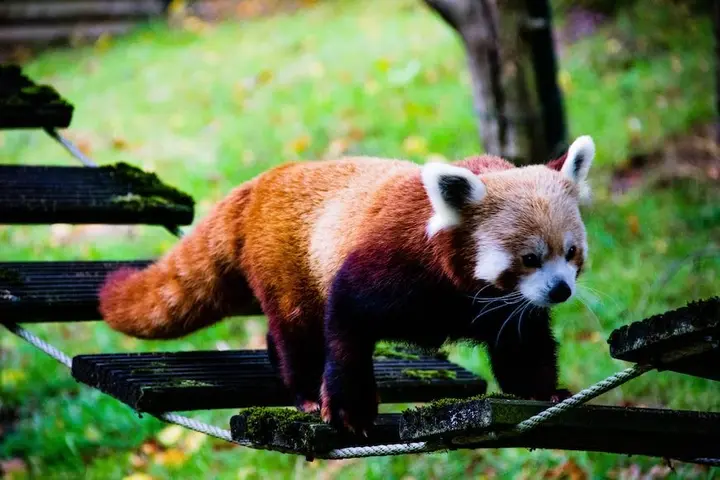
Red panda faces many challenges that threaten the continuity of its life in the Himalayas. Poaching is one of the most important challenges, as red pandas are caught for the purpose of illegally trading their soft skins and meat. This illegal fishing leads to a significant decline in the number of red pandas.
Besides poaching, red pandas face another equally serious threat is the destruction of their habitats. These rare animals face a serious threat from the destruction of bamboo forests, which are their primary source of food. The subsequent deforestation causes a gradual disruption of red pandas' habitats and shrinks their opportunities to find food and water.
These two challenges, poaching and habitat destruction, must be seriously and urgently addressed in order to protect this beautiful creature from extinction. It takes strong international cooperation in the fight against illegal fishing and the imposition of severe penalties on those involved in this deadly industry. At the local level, efforts to preserve natural habitats and sensitize communities to the importance of preserving red pandas and their natural habitats must also be increased.
Protecting red pandas is not just the responsibility of governments and environmental actors, it requires the participation of all. We must all work together to preserve this rare treasure and preserve the diversity of the world's wildlife.
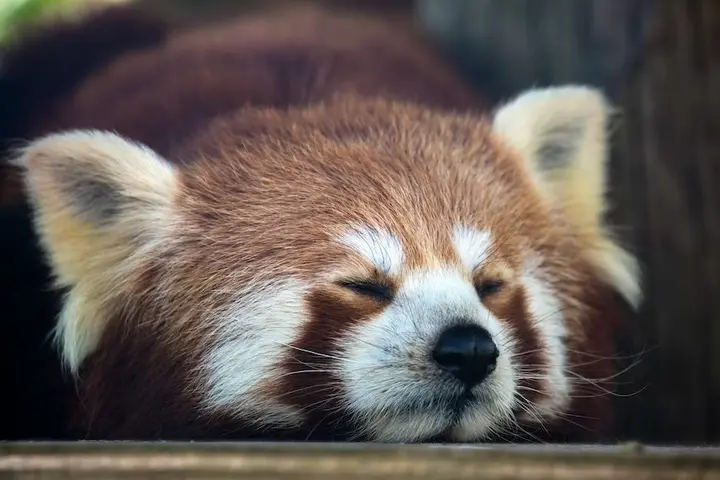
After this fun tour of discovering the life of the red panda, it is now clear how important it is to preserve this rare and beautiful creature. The destruction of habitats and illegal red panda hunting pose a major threat to the animal's survival in the world. Therefore, preserving the environment and working to protect the red panda and its natural habitats must be our priorities. Let us all unite to preserve this rare treasure and respect the world's endangered animals.








